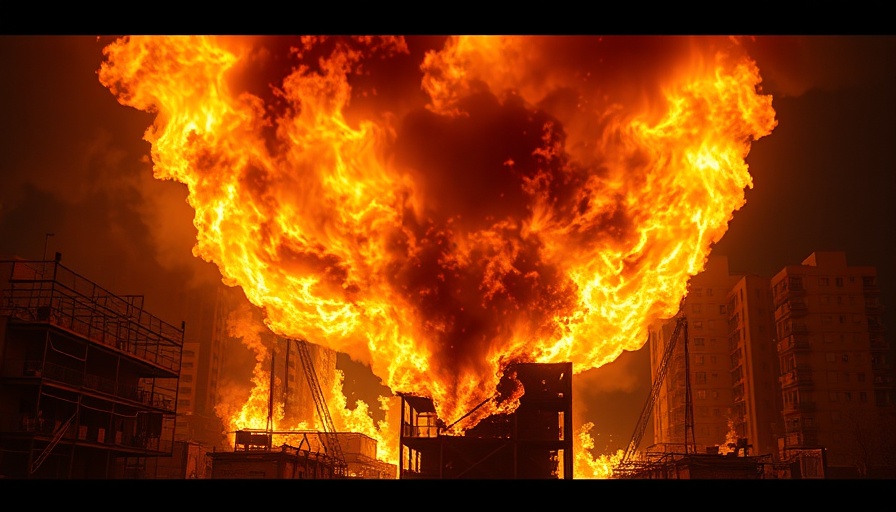
The Escalating Pauline Road Fire: A Crisis Unfolds in Texas
The Pauline Road Fire, currently raging across San Jacinto and Montgomery Counties, has rapidly grown to an alarming 2,000 acres, escalating concerns among local residents and emergency services. This fire, fueled by dry conditions and recent weather patterns, poses a significant threat to both wildlife and residential areas. As Texas continues to grapple with climate challenges, the reality of persistent wildfires is hitting home for many communities.
Understanding the Cause and Conditions
Texas has been identified as a region particularly prone to wildfires due to its diverse climates and vegetation. The current dry spell, coupled with soaring temperatures, has created ideal conditions for wildfires to ignite and spread. Experts point to the combination of years of drought, rising temperatures, and stubbornly persistent weather patterns, which have collectively increased the state’s vulnerability. The Texas A&M Forest Service notes that approximately 10% of the state has been abnormally dry, intensifying the risk of fires.
Current Efforts and Community Resilience
Firefighters are working tirelessly to contain the blaze, employing a range of strategies including aerial support and ground crews equipped to battle flames head-on. Local volunteer fire departments are pivotal in these efforts, showcasing community resilience and cooperation in the face of adversity. Many residents are also stepping up, organizing community meetings to share information and resources, displaying the strength and solidarity of those affected.
Emotional Impact on Residents
The emotional toll on residents affected by the Pauline Road Fire cannot be understated. Many families have had to evacuate their homes, leaving behind cherished possessions and the familiar comfort of their neighborhoods. Local support systems are vital during such crises, with many organizations offering assistance to affected families in the form of shelter, food, and emotional support.
Looking Ahead: What’s Next for Texas?
As the fire continues, forecasters are keeping a close eye on weather conditions, which play a crucial role in the containment efforts. In addition to fighting the immediate crisis, state officials and environmental specialists are engaging in discussions about long-term strategies for preventing such catastrophic fires in the future. Green initiatives and improved land management techniques are under review to better prepare for these inevitable challenges.
Broader Implications of Wildfire Trends
The escalation of wildfires is not just a local phenomenon; it is part of a national trend reflecting the broader challenges of climate change. As wildfires increasingly impact states across the U.S., from California to Texas, it raises critical questions about national preparedness and response strategies. The potential for devastating environmental, economic, and health impacts is prompting policymakers to take action, advocating for more substantial federal support and resources for fire prevention and community resilience.
Join the Conversation: Local Actions Matter
Communities are invited to participate in forthcoming meetings discussing disaster relief strategies and fire prevention initiatives. Local governments are urging residents to stay informed and engaged, emphasizing that collective action can foster more robust defenses against these threats. If you are in the affected areas, join your neighbors in these discussions; your involvement can make a difference in community preparedness and resilience.
 Add Element
Add Element  Add Row
Add Row 



Write A Comment